48 hours to set foot on 2 high mountain peaks
At 9:09 am on May 11, Nguyen Manh Duy (born in 1984, Hanoi) stood on the roof of the world - Mount Everest. That was the moment he stood still on the Himalayas, witnessing the majestic beauty of this land.
On the 8,848m high Everest, in the freezing cold of minus tens of degrees and the suffocatingly thin air, Duy sat down next to the Everest altitude check-in board. For him, this was a symbol of a challenging 2-year journey.
Anh Duy at the top of Everest (Photo: Character provided).
The Vietnamese flag fluttered in the strong wind of the "roof of the world". In an emotional moment, he took off his oxygen mask, his voice trembling from the cold and lack of oxygen, he sent greetings to Vietnam.
Mr. Duy expressed that at that moment, he was not only celebrating but also grateful for every step he took, every person who supported and accompanied him, and for the sacred mountain at his feet.
Not long after, at 7am on May 13, he continued to set foot on the top of Lhotse - the fourth highest mountain in the world. Thus, within just 48 hours, Nguyen Manh Duy had set foot on two famous peaks of the Himalayas, completing his 40-day dream of conquering the highest peaks in the world.
Anh Duy conquers Lhotse peak (Photo: Character provided).
Climbing two 8,000m peaks - Everest (8,848m) and Lhotse (8,516m) - in such a short period of time is extremely challenging, even for professional athletes. For amateurs like Duy, this requires careful preparation and perseverance over many years.
Two years of preparation
Before the "double summit" journey, he spent 2 years training physically, conquering many 6,000-8,000m peaks, and received intensive support from the Sherpa people (an ethnic group in eastern Nepal), and a professional mountain climbing organization in Nepal.
Talking to Dan Tri reporter , Mr. Duy said that the idea of conquering the two highest peaks in the world began to take shape in 2023 when he first climbed a nearly 6,500m high mountain peak in the Himalayas.
Standing on the snow-capped peak, facing the overwhelming and majestic beauty of nature, he asked himself: "Why don't I try to go further? Why not Everest?". Within 1 hour of descending the mountain, he asked his friends and fellow climbers, and they confirmed that if he was serious, 2 years was enough to prepare.
"Right then, I started to make a specific plan. I called it "Everest - plan and dream". The dream is big, but the plan must be clear step by step," he said.
During the past two years, he has been to Nepal at least twice to train his physical strength and adapt to the altitude, the most important factor when climbing mountains.
During 2 years of preparation, Duy conquered many peaks in the Himalayas such as Mera Peak (6,476m), Ama Dablam (6,812m), Manaslu (8,163m)... (Photo: Provided by the character).
"Physical strength is a necessary condition, but flexibility and adaptability are sufficient conditions. Many Vietnamese people have very good physical strength, but when they reach 6,000m or 8,000m, they are "attacked" by the pressure of altitude and have to give up," he shared.
Gym, jogging, and a healthy diet are not enough. For Duy, only "field training" - training right in the Himalayas - can help the body adapt to real conditions. Each altitude is a challenge.
Climbing Everest is not a sport for half-hearted people. Besides physical strength and will, climbers must also overcome the major barrier of cost.
Mr. Duy and his wife on a trip to Nepal (Photo: Character provided).
"In fact, to increase the chance of success and ensure safety, I have to invest in the entire preparation process. I estimate a total of about 80,000-100,000 USD (2-2.6 billion VND) for 2 years. This cost includes: Tour fees, costumes, protective equipment...", Mr. Duy revealed.
However, finance is not the only factor. He calls preparing to climb Everest a problem of synchronization. "You cannot have money without health, health without time or time without support from relatives," he asserted.
Luckily for him, he always has a strong support system, a wife who accompanies him in every decision and three young children who love nature and explore Himalayan culture. He said: "We consider Nepal our second home. Every summer, the whole family returns there. Although my wife does not like mountain climbing, the children are interested in this sport."
Journey through death
In early April, Mr. Duy began his journey to conquer Mount Everest - the roof of the world.
Mr. Duy said that sections like Hillary Step or South Summit - both at an altitude of over 8,500m - are the most extreme places, the air is so thin that every breath becomes difficult, causing pain in the chest.
The body is subjected to terrible pressure when moving in an area known as the "death zone". Even though he cannot see the danger right in front of him, he still knows that just a small mistake, a slip or an insufficient climbing hook... can lead to irreversible consequences.
Anh Duy on his journey to conquer Everest (Photo: Character provided).
Beneath his feet was a vast expanse of white snow, above was a cold grey sky, where the weather could change in a matter of minutes. Strong winds, sudden blizzards, and underground crevasses were all lurking threats that could take lives at any moment.
According to ABC News , at least two Indian and Filipino climbers have died this climbing season.
The Filipino climber died on May 14 while attempting to summit the mountain. He had reached Camp 4, the highest point on the route, and was preparing for the final leg of the climb. Meanwhile, an Indian climber died on May 15 near the base of the mountain while returning from the summit.
Mr. Duy said that when he passed through the South Summit area, near the top of the mountain, he also saw a body lying on the cold snow. It was a harsh reality, but it was also the reason why he was more aware of life and the responsibility to survive in every step.
After many arduous journeys, he reached Everest, then Lhotse - the fourth highest mountain in the world. As he left, he witnessed the phenomenon of colorful clouds swirling around the mountain peak like a heavenly silk ribbon, creating a sacred scene, which he called the farewell of the Himalayas.
Colorful clouds on top of Lhotse (Photo: Provided by the character).
Looking back on the journey, he affirmed that he had no intention of inspiring others to try Everest. Simply because this is not a fairytale adventure, but a harsh and risky sports journey - where the price to pay is sometimes life.
"I climbed because it was my own choice. And I recount this journey not to inspire, but to let those who are really interested understand that Everest is not a romantic dream but a sport that contains countless risks and sometimes, the price to pay is life," he said.
In the journey to conquer the "roof of the world", many Vietnamese people have also marked memorable milestones.
In May 2008, three names, Bui Van Ngoi, Phan Thanh Nhien and Nguyen Mau Linh, became the first Vietnamese to set foot on Mount Everest. This achievement was considered a major turning point for the domestic mountaineering community.
14 years later, in May 2022, Phan Thanh Nhien once again returned to the 8,848m peak, raising the national flag high on the sacred mountain. Not long after that, Vietnam welcomed another milestone when Ms. Nguyen Thi Thanh Nha became the first Vietnamese woman to set foot on Mount Everest.
Source: https://dantri.com.vn/du-lich/nguoi-dan-ong-viet-chi-2-ty-dong-chinh-phuc-2-dinh-nui-noc-nha-the-gioi-20250516214629002.htm


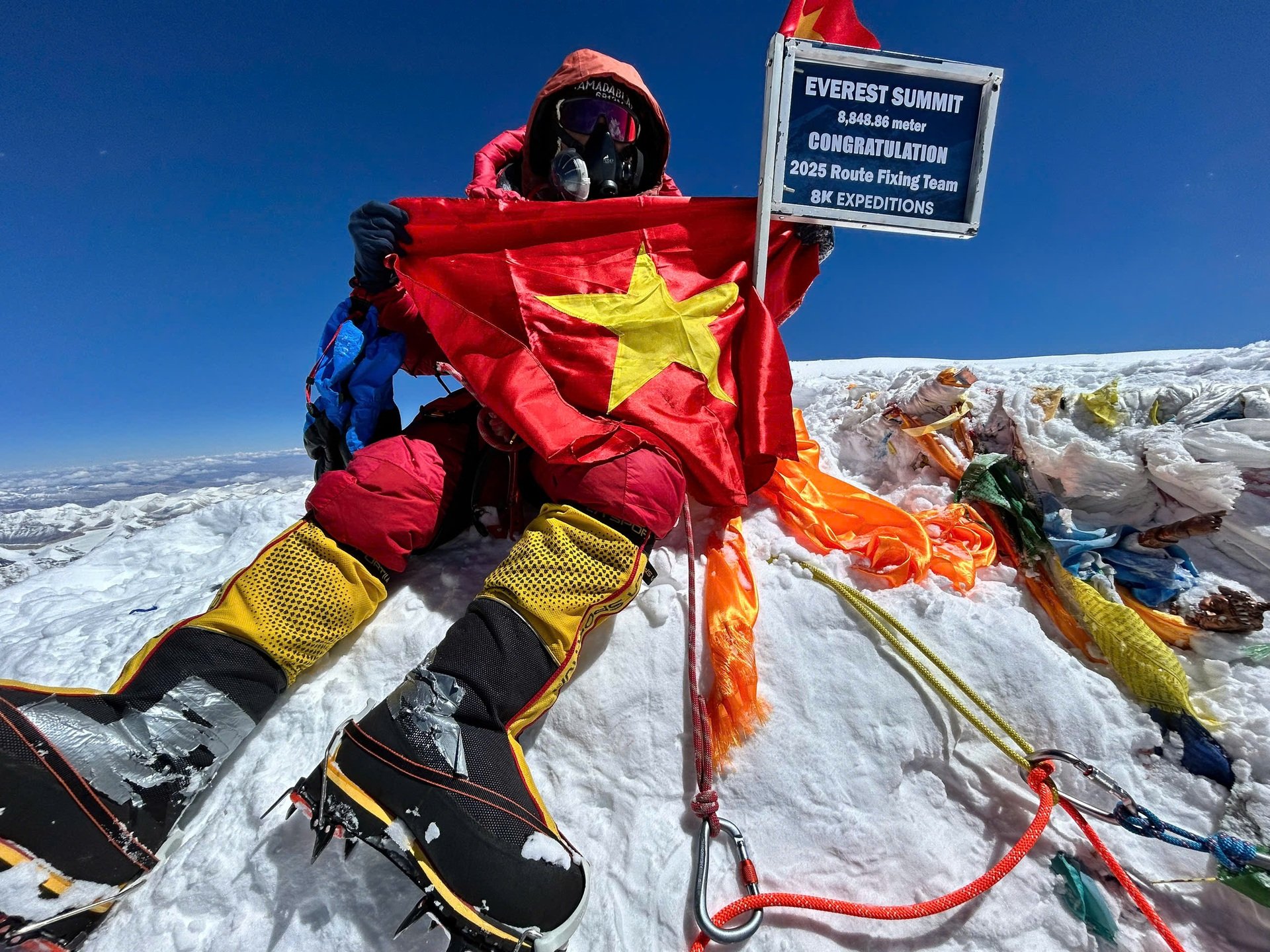
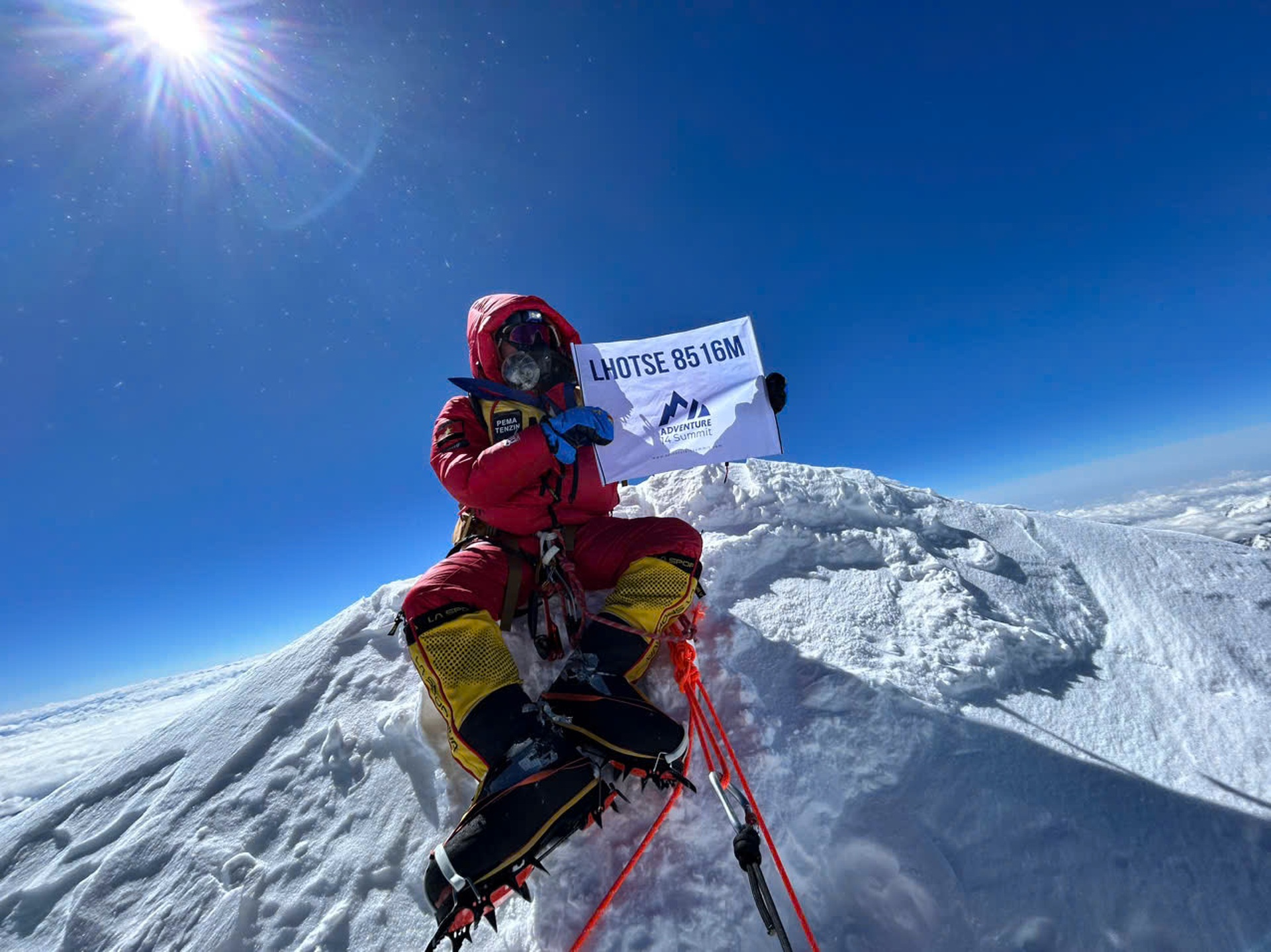
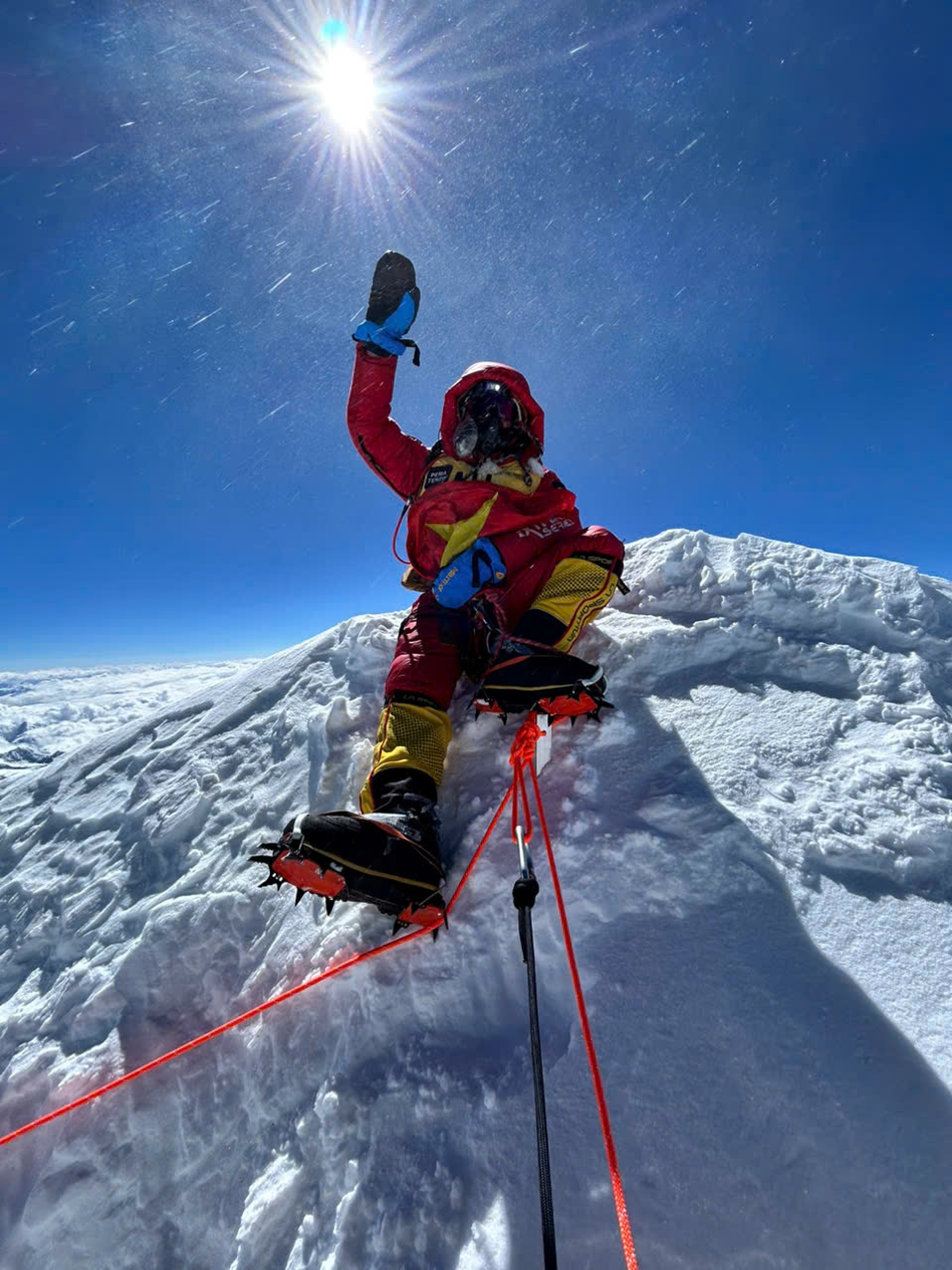

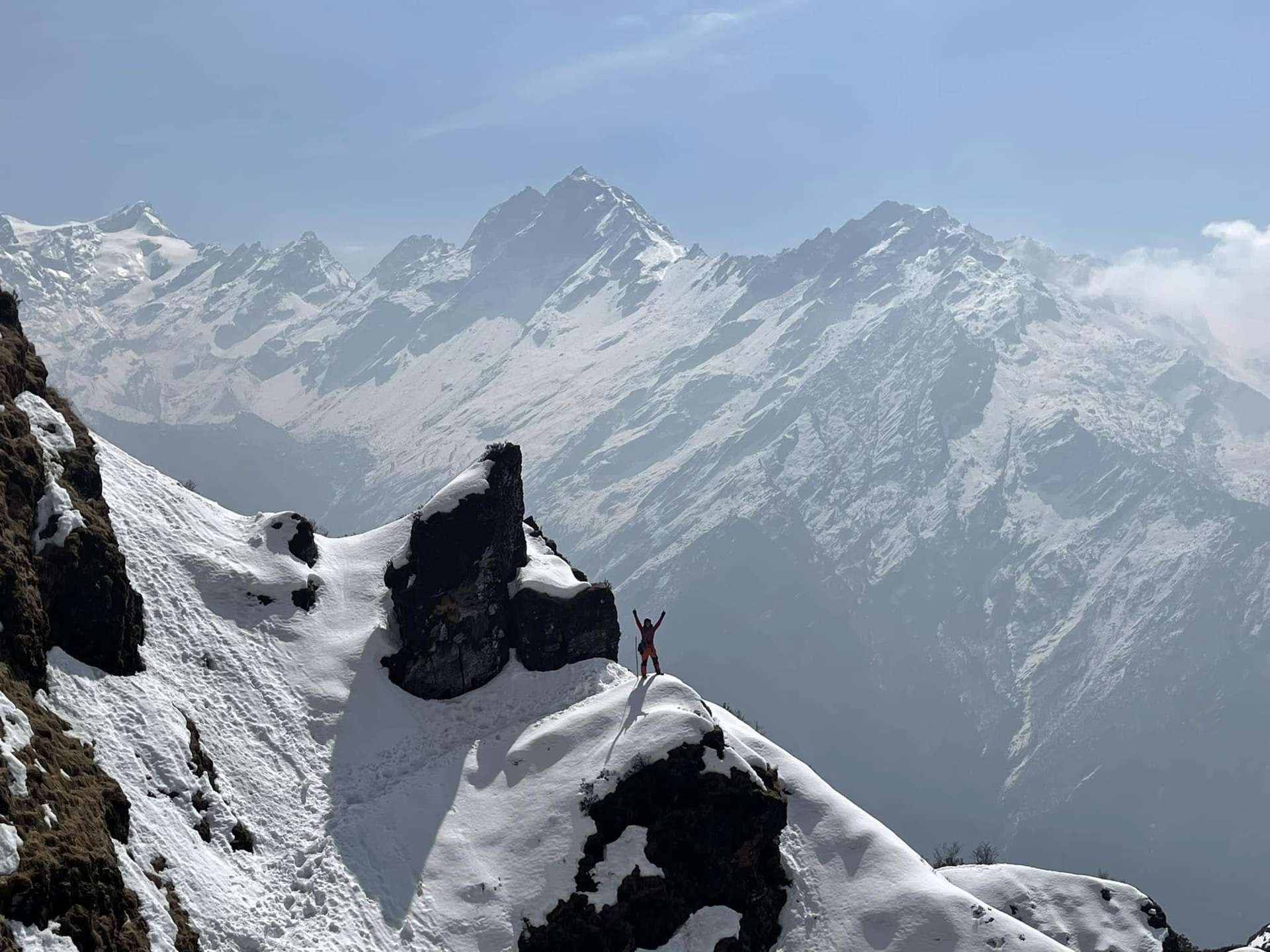

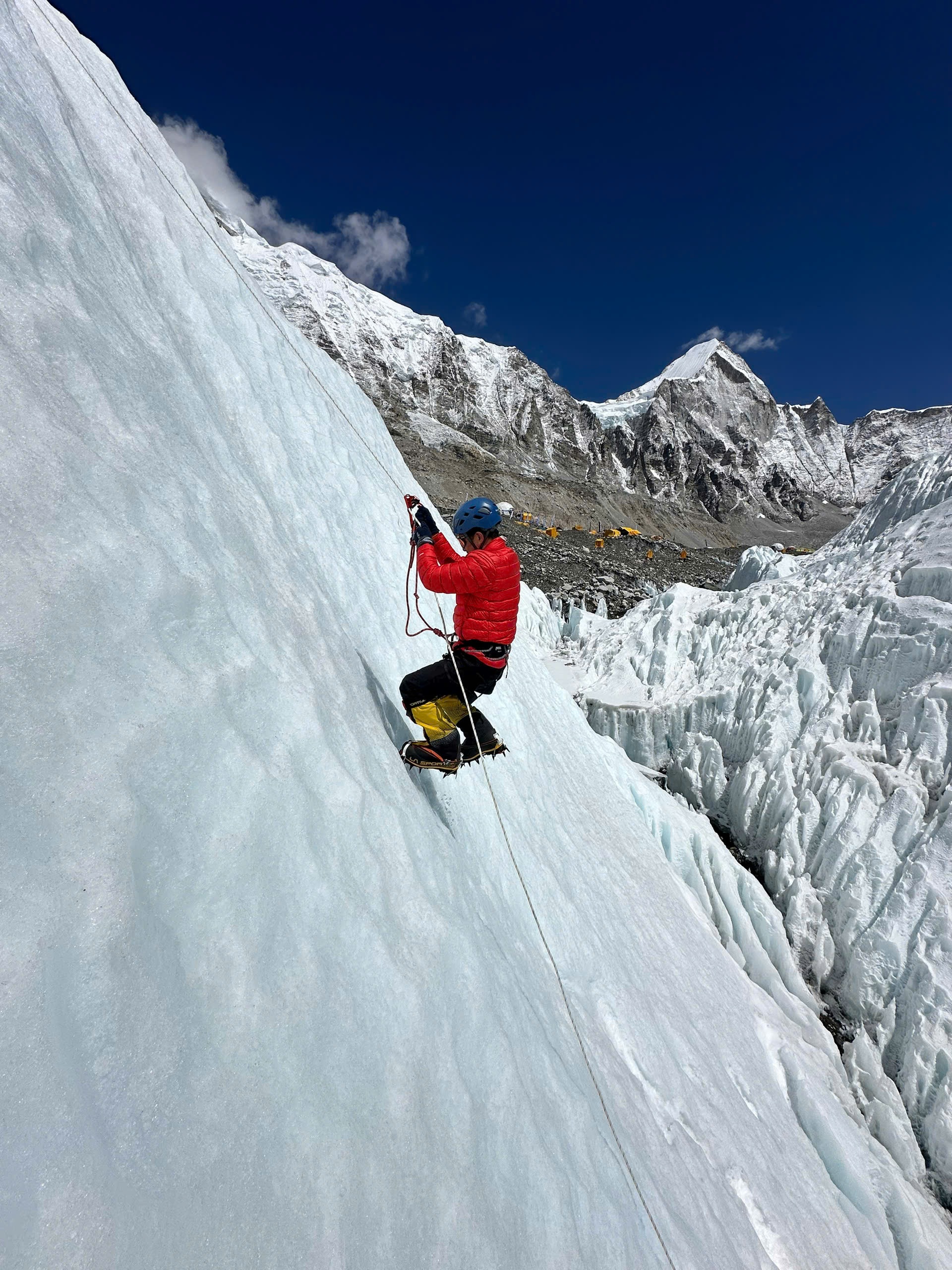
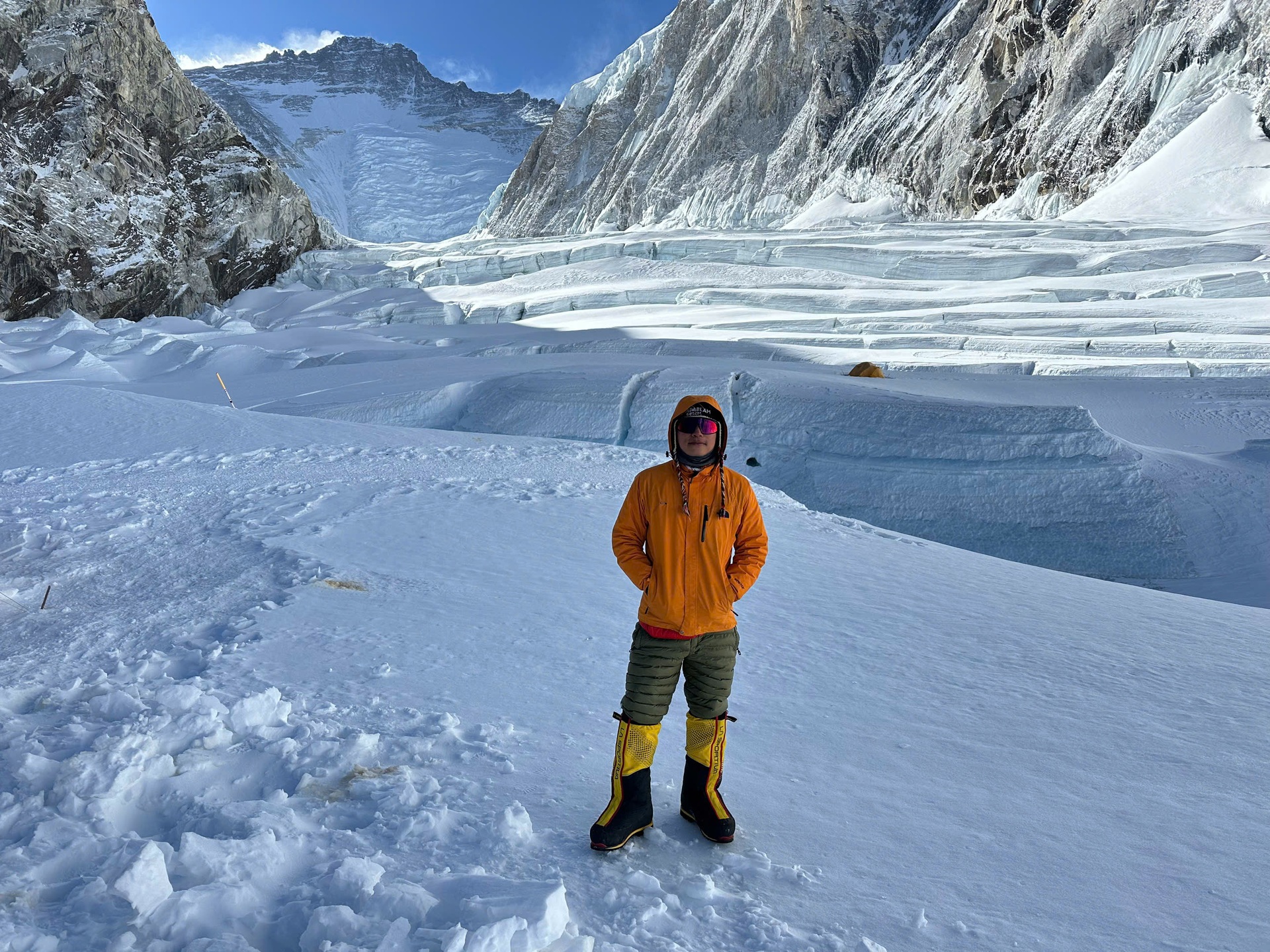
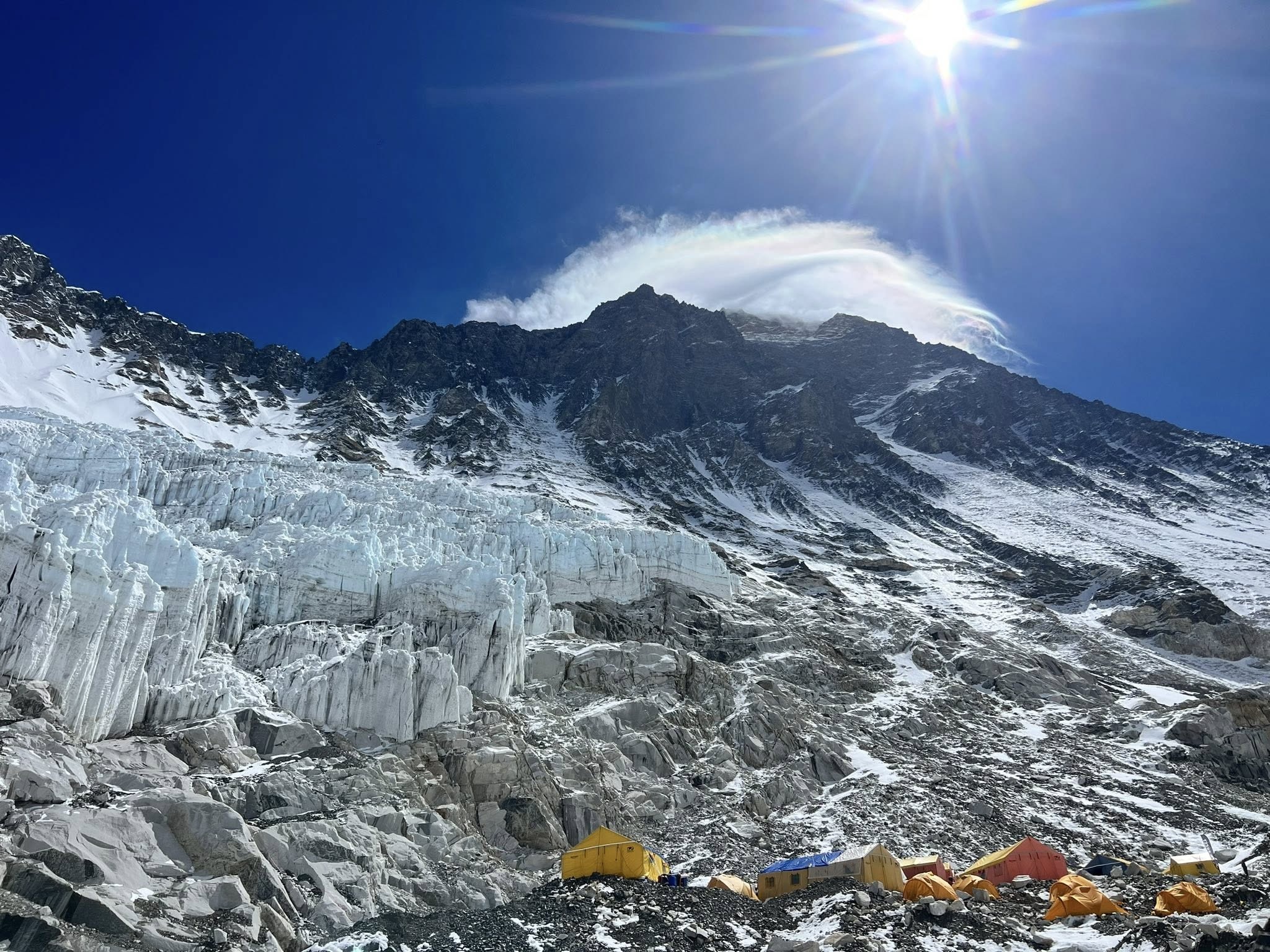
![[Photo] Prime Minister Pham Minh Chinh chairs the Government's special meeting on law-making in May](https://vphoto.vietnam.vn/thumb/1200x675/vietnam/resource/IMAGE/2025/5/22/1c880aae96fd4e0894abc47a46fe19ba)
![[Photo] Prime Minister Pham Minh Chinh attends the groundbreaking ceremony of Trump International Hung Yen Project](https://vphoto.vietnam.vn/thumb/1200x675/vietnam/resource/IMAGE/2025/5/21/ca84b87a74da4cddb2992a86966284cf)

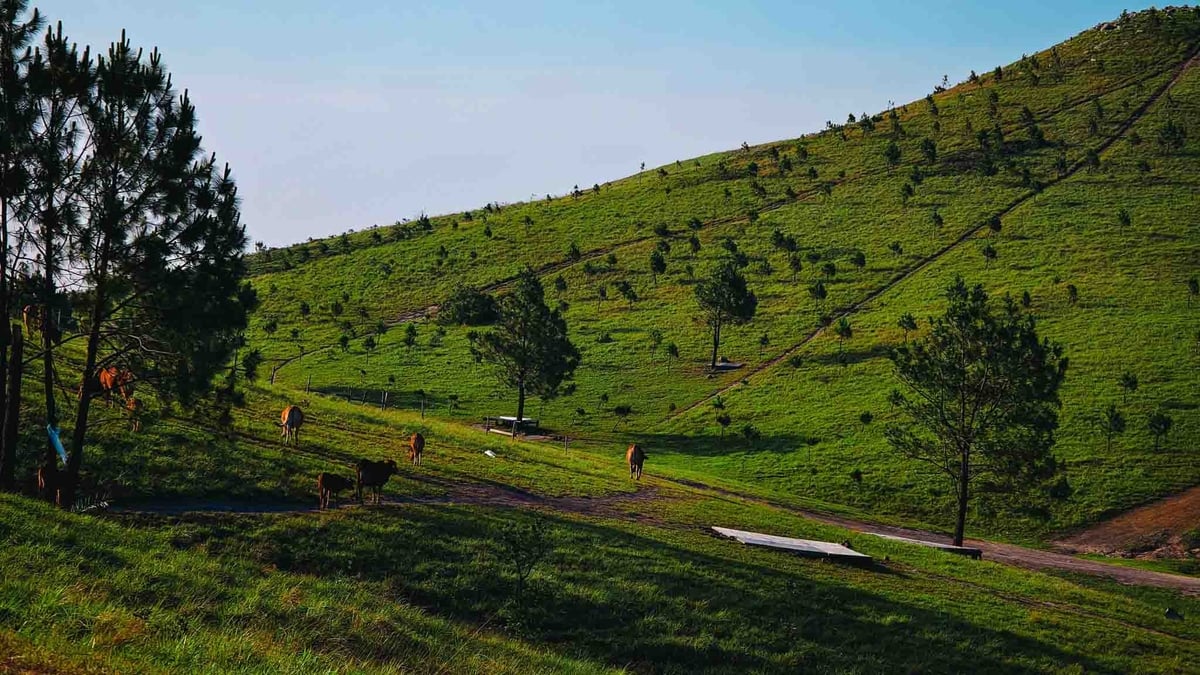















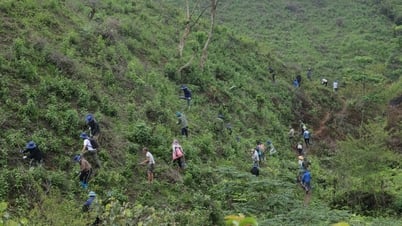







































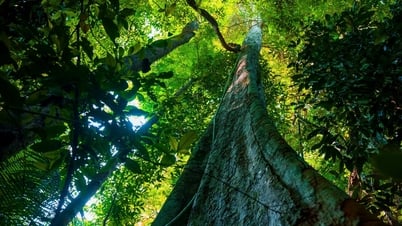

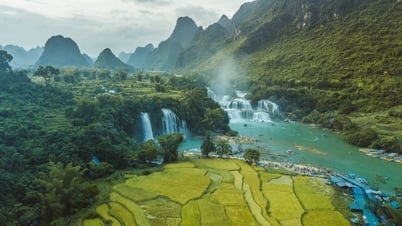





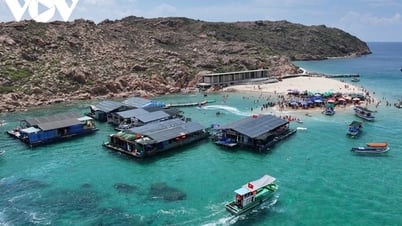









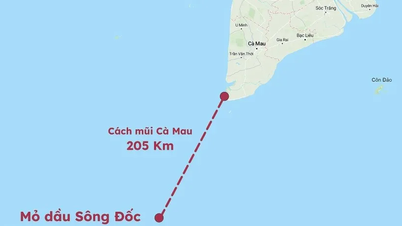












Comment (0)